I don't believe much of anything that doesn't have some evidence to go along with it. Maybe I have issues with authority, or maybe I'm too well-trained as a scientist, but sometimes I don't even believe evidence provided by other people. I like to test things myself.
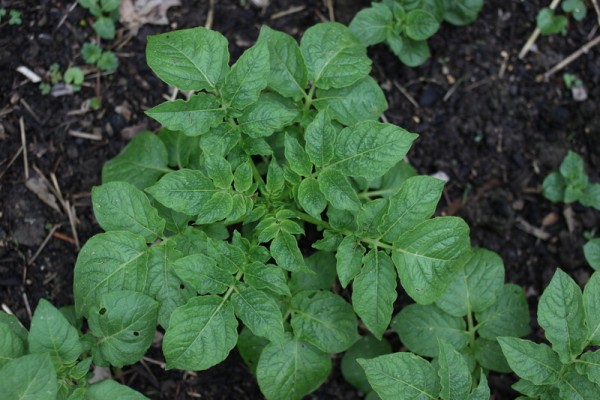
The garden is my experimental lab. I tested the 'potato towers grow twenty times more potatoes' theory, twice, and now definitively believe that the only advantage of potato towers is ease of harvest.
Two years ago, I sought proof for the garlic growing wisdom that one should remove the scape for the garlic plant to produce a bigger bulb. I planted a large patch of seed garlic. I split the patch down the middle and removed half the garlic scapes for cooking - they usually come up in early June - and left the rest as is. They grew beautiful flowers. At harvest time, we saw clearly that the plants with scapes removed produced bigger bulbs.
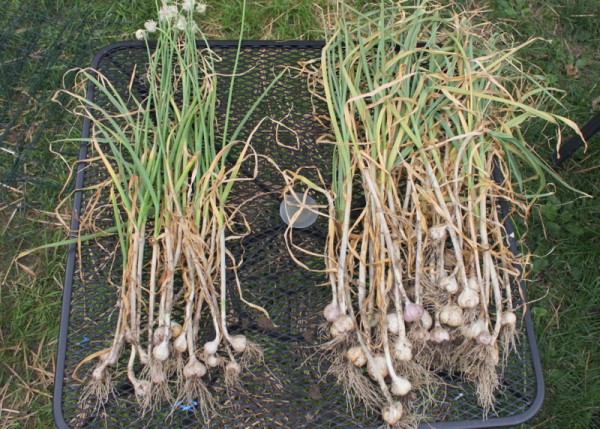
2014 Garden Experiments
This year, I've set up trials to answer these garden-related questions:
- Which is better for production - organic seed garlic from out of state or high quality, locally grown garlic? I planted three varieties of garlic from multiple producers to answer this question. I am running the trial in two separate locations to eliminate location variables.
- Are seed potatoes worth the cost? Organic culinary potatoes sprout readily and have grown well for me before. I question whether $6/pound seed potatoes are any better than sprouted $2/pound organic grocery potatoes. Because of the availability of seed stock, I wasn't able to choose varieties to directly compare but we can still measure yield from the four varieties planted (one seed stock, one grocery store and two saved over from last year's planting).
- Can I grow artichokes in Ohio? If so, where? I grew four varieties of artichoke from seed and am planting them in locations around the garden including in the hoop house, the hugelkultur, and in regular beds. Alex and I fondly remember artichokes from our year living in Monterey, California and we would love to have a source of fresh artichokes again.
Experimenting in the garden excites me and gives me a chance to explore my limits while learning new things to pass on to others.
What are your garden experiments this year?

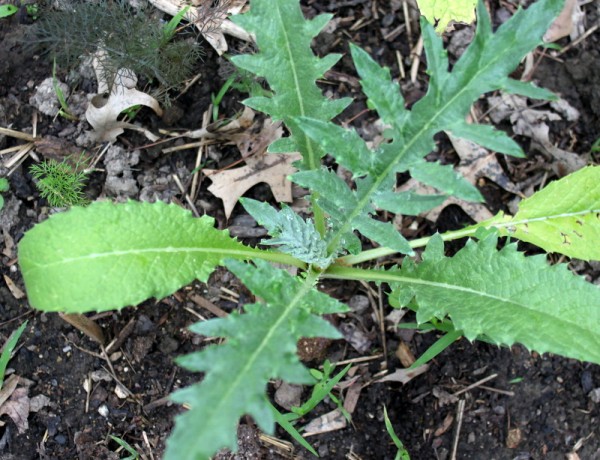



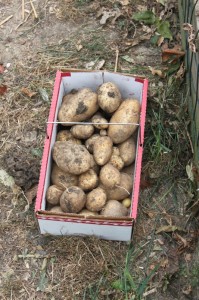
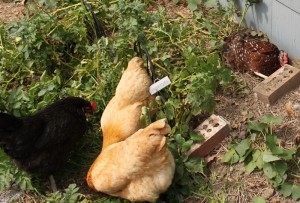
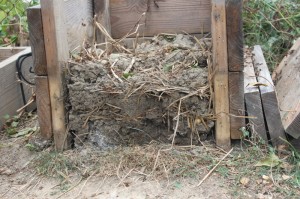
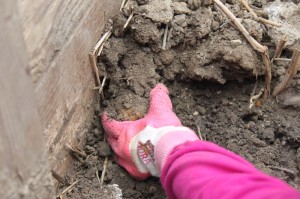

 Alex built new stairs.
Alex built new stairs. I built a raised bed from some reclaimed deck wood. And I took a crummy picture. The sun was setting and I was TIRED.
I built a raised bed from some reclaimed deck wood. And I took a crummy picture. The sun was setting and I was TIRED. Our
Our Lil played in a post hole. Why not?
Lil played in a post hole. Why not? Lil and the dogs hunted for Easter eggs this morning.
Lil and the dogs hunted for Easter eggs this morning. We planted one
We planted one  I dug furrows and planted three asparagus crowns in the new raised bed. I also tucked three crowns into the strawberry bed. I'll write more about asparagus later because it's a fascinating plant.
I dug furrows and planted three asparagus crowns in the new raised bed. I also tucked three crowns into the strawberry bed. I'll write more about asparagus later because it's a fascinating plant.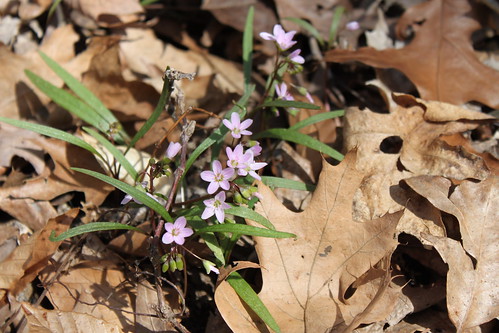 We hiked, slowly and with many stops, around Highbanks Park today, studying wildflowers, birds, and the sound rocks make when thrown in streams.
We hiked, slowly and with many stops, around Highbanks Park today, studying wildflowers, birds, and the sound rocks make when thrown in streams. We shared dinner with my parents and sisters, Alex's parents and brother, and two of my grandparents. Lil was showered with more gifts including the bunny above, hand sewn by my grandmother.
We shared dinner with my parents and sisters, Alex's parents and brother, and two of my grandparents. Lil was showered with more gifts including the bunny above, hand sewn by my grandmother. The premise:
The premise:
